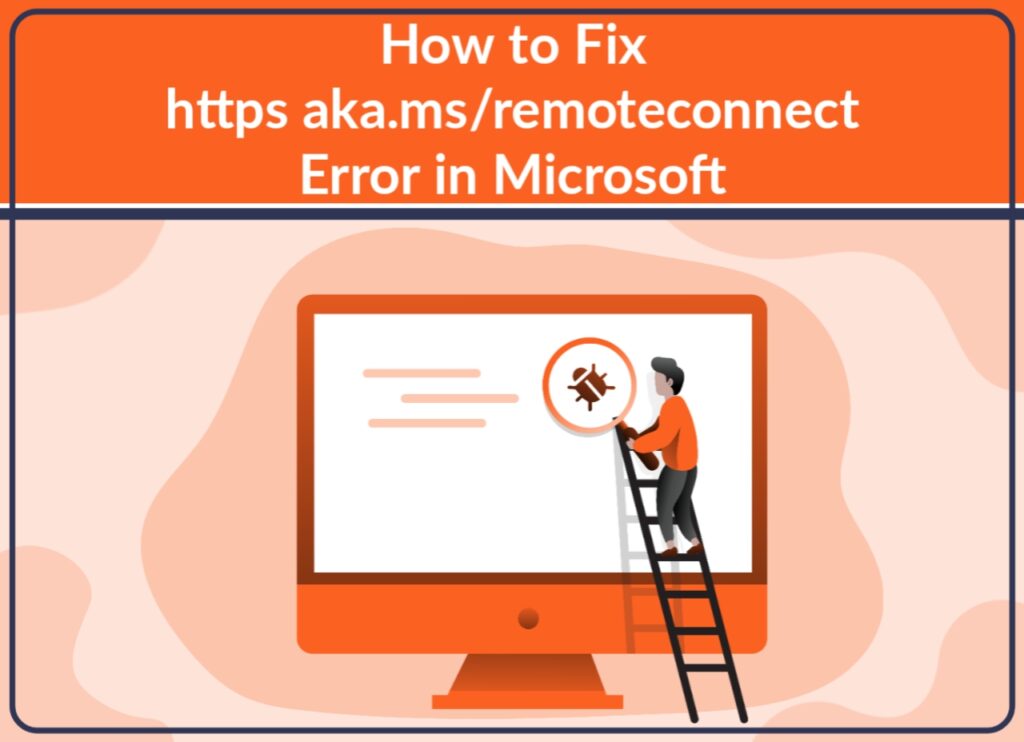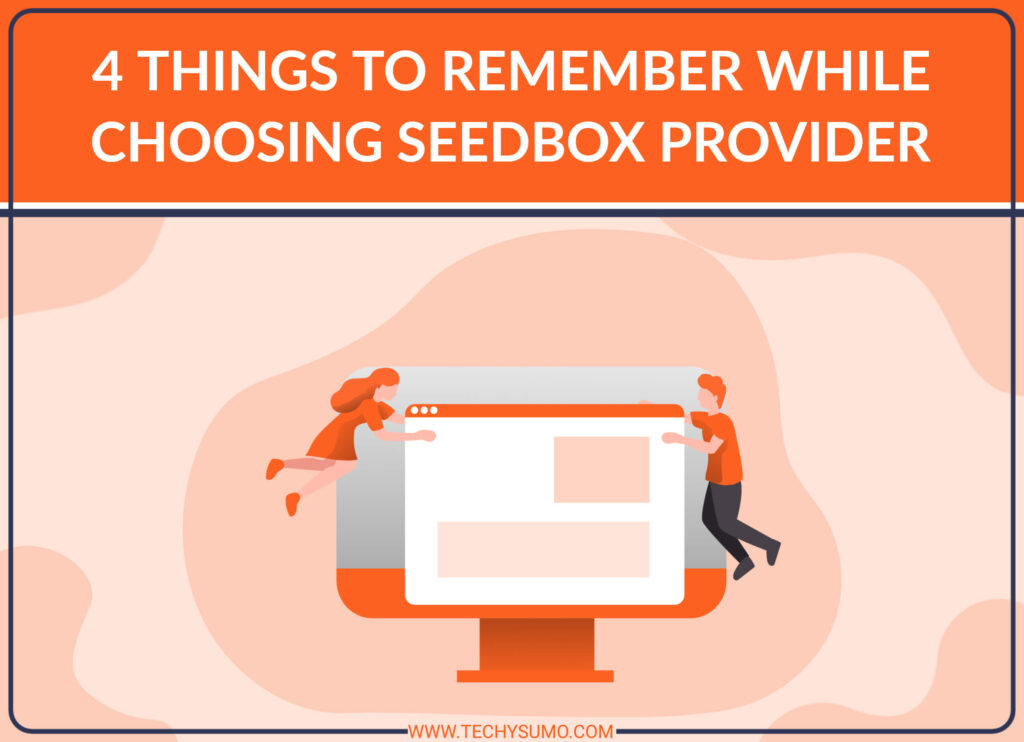Zero trust security is a powerful tool, one that can play a key role in protecting businesses and users from the risk of a data breach.
From properly managing and restricting unsecured devices that may be attached to the network to eliminating the connections that could serve as a point-of-attack for a potential cyber threat, taking the following steps to implement a zero-trust strategy could end up making a world of difference.
Table of Contents
7 Ways To Protect Yourself From Cyberattacks
1. Formulating a Comprehensive Security Strategy

Lacking a coherent strategy often means that your efforts to enhance your online and digital security may lack focus. Forming a comprehensive zero trust strategy makes it easier to assess your current network and workflow setup, identify the most pressing security needs, and make more effective changes.
2. Identify Sensitive Data
Storing sensitive data within the wrong repository or digital archive can be a recipe for disaster. Assessing your existing architecture and ensuring that any sensitive data or information has been properly identified, labeled, and placed within a secure repository can be of tremendous importance.
3. Outline Employee and User Roles

Failing to adequately define the role and scope of access of all users and employees is another common misstep. Expecting users, staff, and associates to adhere to security protocols without providing them with a firm understanding of their own role and how it fits within the greater security strategy and workflow process could lead to unnecessary complications.
4. Map Information Flow
Learning how information moves throughout your network can provide much-needed insight regarding any potential vulnerabilities. Mapping the flow of information through your planned or existing architecture is an important aspect of your overall security strategy.
5. Upgrading the Network

Outdated software or aging hardware may contain any number of vulnerabilities that you may not be aware of. Upgrading and modernizing your infrastructure and taking steps to ensure that your network and all digital software and platforms are kept up-to-date can be of the utmost importance.
6. Monitoring Connections and Activity
Just because a terminal or device has been flagged as trusted does not mean it is secure. Logging into the network through a personal laptop or a mobile device can create a major vulnerability, one that has the potential to negate all of your other security efforts. A zero trust cloud strategy makes it much easier to ensure that all connections and activity are properly monitored and securely managed. Some reputable companies, such as Zscaler, take care of the monitoring and response so you can focus on running your business.
7. Maintaining Your Security

Cyber threats continue to evolve. Just because a security strategy was able to provide adequate protection yesterday does not always mean it will remain effective in the days ahead. The central premise of a zero-trust strategy can make it much easier to scale up your efforts or to fine-tune your resources in order to provide greater protection over the long term.
Even a minor data breach can cause significant damage to your brand, business, or customer relationships. That’s the reason most of the brands are using facial recognition system to protect their customer relationships. Implementing a zero-trust security strategy is an effective way to better protect yourself from the risk of a breach or other form of cyber attack.



